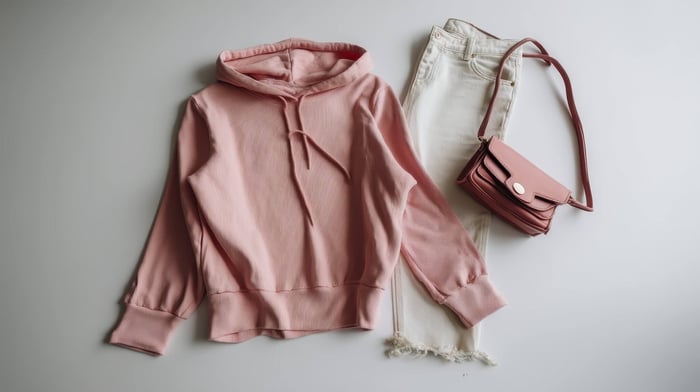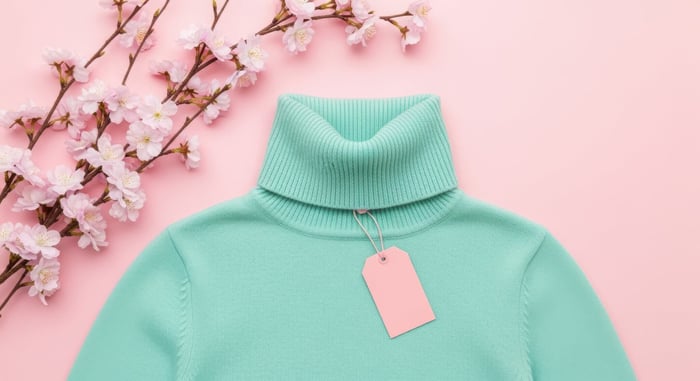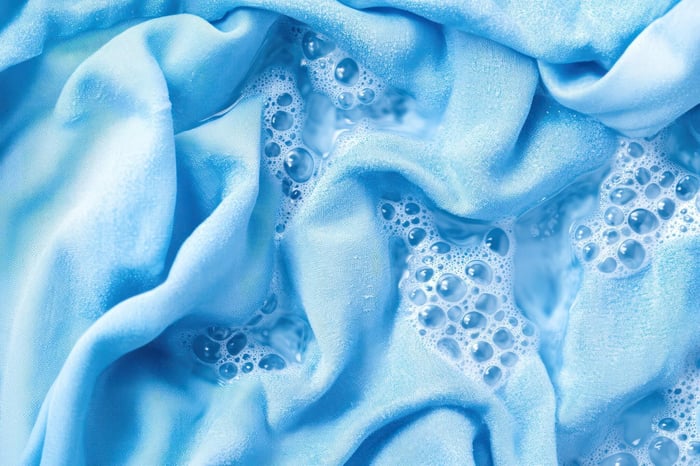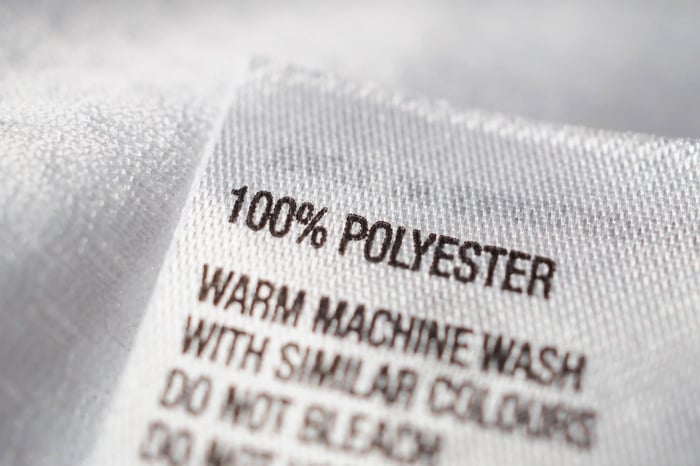 Minimalist flatlay of Tencel fabric clothing—proof that sustainable streetwear answers the question “is Tencel fabric toxic” with style and safety.
Minimalist flatlay of Tencel fabric clothing—proof that sustainable streetwear answers the question “is Tencel fabric toxic” with style and safety.
Table of Contents
When shopping for sustainable fabrics, it’s normal to wonder: is Tencel fabric toxic? The short answer is no—but the internet is full of mixed opinions, outdated blogs, and half-truths that make it confusing. As Gen Z leads the charge for minimalist fashion that doesn’t destroy the planet, it’s important to cut through the noise. Tencel™ Lyocell is not only safe to wear but also one of the most innovative, eco-conscious fabrics redefining what premium streetwear can look and feel like.
At EcoBear Wear, we’re obsessed with fabrics that align with responsible sourcing, sustainable fabrics innovation, and the shift toward biodegradable fabrics that don’t leave waste behind. Let’s unpack what Tencel really is and address the myths around toxicity once and for all.
Understanding Tencel: The Future of Sustainable Fabrics
What Is Tencel?
Tencel is the trade name for TENCEL™ Lyocell, a fabric made from eucalyptus tree pulp. Unlike fast-fashion textiles that rely on petroleum-based synthetics (like polyester) or resource-intensive crops (like conventional cotton), Tencel is made in a closed-loop process. This means that the water and solvents used to create the fibers are captured and reused rather than dumped into the environment.
The primary solvent—N-Methylmorpholine N-oxide (NMMO)—is often the source of “toxic” concerns. Here’s the reality: in the closed-loop system, over 99% of this solvent is recovered and reused, making Tencel production safe, efficient, and far less harmful than most traditional fabrics.
Tencel vs Cotton: Why It’s a Smarter Choice
One of the biggest comparisons online is Tencel vs cotton. Cotton—especially when grown conventionally—consumes massive amounts of water and pesticides. By contrast, eucalyptus trees (used for Tencel) require less land, grow without irrigation in many regions, and don’t need pesticides.
From a sustainability POV:
- Cotton → high water use, often pesticide-heavy.
- Tencel → lower water use, closed-loop processing, biodegradable.
For EcoBear Wear, choosing Tencel over cotton isn’t just about softness (though it’s insanely soft)—it’s about creating streetwear that feels good and does good.
 Cotton hoodie flatlay—contrasting with Tencel in the “is Tencel fabric toxic” debate about sustainable fabrics.
Cotton hoodie flatlay—contrasting with Tencel in the “is Tencel fabric toxic” debate about sustainable fabrics.Is Tencel Toxic? Myth vs Reality
The Myth: “Tencel Uses Harsh Chemicals, So It Must Be Toxic”
Yes, a chemical (NMMO) is used to turn eucalyptus pulp into fibers. But calling Tencel “toxic” ignores how the closed-loop process works. Over 99% of the solvent is recycled, and the final fabric contains no harmful residues. It’s certified by Oeko-Tex Standard 100, meaning it’s tested and safe against skin.
Compare this to polyester, which sheds microplastics every wash, or cotton grown with pesticides that linger in the environment. Suddenly, Tencel looks not just safe, but progressive.
The Reality: Skin-Friendly, Eco-Friendly, and Biodegradable
Tencel is actually known for being one of the most skin-friendly fabrics. It’s breathable, moisture-wicking, and hypoallergenic—making it a strong choice for Gen Z who want clothing that performs in the gym and on campus while staying aligned with sustainable values.
And let’s not forget: it’s biodegradable. Unlike polyester hoodies or nylon leggings that live in landfills for centuries, Tencel breaks down naturally when disposed of responsibly.
 Young person in a minimalist Tencel hoodie—answering the question “is Tencel fabric toxic” with safe, sustainable streetwear style.
Young person in a minimalist Tencel hoodie—answering the question “is Tencel fabric toxic” with safe, sustainable streetwear style.Responsible Sourcing in Action
At EcoBear Wear, we take responsible sourcing seriously. It’s not just about whether Tencel is toxic (it’s not)—it’s about making sure the raw materials and manufacturing process align with our brand values: sustainability, minimalism, and long-term impact. That’s why Tencel is core to our product line. It allows us to offer Gen Z activewear and streetwear that balances comfort, performance, and ethics.
When you pull on one of our hoodies or joggers made with Tencel, you’re not just wearing something soft—you’re voting for a future where biodegradable fabrics replace fast-fashion waste.
 Close-up of Tencel hoodie texture—showing softness, quality, and why the answer to “is Tencel fabric toxic” is a clear no.
Close-up of Tencel hoodie texture—showing softness, quality, and why the answer to “is Tencel fabric toxic” is a clear no.Environmental Impact: Beyond the Toxicity Question
When people ask, is Tencel fabric toxic?, the conversation often stops at skin safety or whether the production uses chemicals. But if Gen Z has taught the fashion industry anything, it’s that toxicity isn’t just about what touches your skin—it’s about what touches the planet.
Closed-Loop Manufacturing That Redefines Responsible Sourcing
Unlike conventional fabrics that dump dyes, pesticides, or solvents into rivers, Tencel is made in a closed-loop system where 99% of solvents are recovered and reused. That’s a game-changer for responsible sourcing. It reduces waste, prevents environmental runoff, and makes Tencel one of the most eco-aligned sustainable fabrics available today.
- Polyester: made from petroleum, non-biodegradable, and sheds microplastics.
- Conventional Cotton: water-intensive, pesticide-heavy, and energy-consuming.
- Tencel: water-efficient, pesticide-free, closed-loop, biodegradable.
This comparison reveals that toxicity in fashion isn’t just chemical—it’s ecological.
Biodegradable Fabrics for a Circular Future
Another overlooked fact is that Tencel is fully biodegradable. Unlike synthetic fabrics that clog landfills for centuries, Tencel returns to the earth safely when disposed of properly. For EcoBear Wear, this isn’t just marketing—it’s proof that fashion can exist without fueling the climate crisis.
Imagine this: when you eventually retire your favorite Tencel hoodie, it won’t become toxic waste. Instead, it naturally breaks down, leaving behind no harmful traces. That’s true sustainable fashion.
 Recycled clothing graphic—illustrating how biodegradable fabrics like Tencel prove the answer to “is Tencel fabric toxic” is a sustainable no.
Recycled clothing graphic—illustrating how biodegradable fabrics like Tencel prove the answer to “is Tencel fabric toxic” is a sustainable no.Why Environmental Impact Matters for Gen Z
Brands like MATE the Label and The Momentum highlight Tencel’s role in eco-fashion, but few dive into why this matters to younger consumers. Gen Z isn’t just buying clothes—they’re casting votes for the planet.
That’s why EcoBear Wear integrates Tencel into minimalist streetwear: we’re designing clothes that don’t just look good but also fit into a future where fashion leaves zero toxic footprint.
Comparing Tencel with Other Fabrics: The Real Talk
It’s easy to ask is Tencel fabric toxic and only compare it with polyester. But to really understand its impact, you have to look at Tencel vs cotton, Tencel vs bamboo, and Tencel vs synthetics.
Tencel vs Cotton: A Water Story
Cotton has been the king of “natural fabrics,” but conventional cotton farming demands enormous water resources. Studies show a single cotton T-shirt can require 2,700 liters of water to produce.
By contrast, Tencel production uses up to 80% less water thanks to the efficient eucalyptus supply chain. Plus, eucalyptus trees grow without pesticides, reducing chemical toxicity in ecosystems.
 Cotton shirt in water—visualizing cotton’s heavy water use in contrast to Tencel in the “is Tencel fabric toxic” sustainability conversation.
Cotton shirt in water—visualizing cotton’s heavy water use in contrast to Tencel in the “is Tencel fabric toxic” sustainability conversation.Tencel vs Bamboo: The Greenwashing Trap
Bamboo is often marketed as the ultimate eco-friendly fabric. But here’s the catch: most bamboo fabric is actually bamboo rayon, produced through a chemically intensive process with little oversight. While bamboo itself is sustainable, the way it’s processed into fabric can release toxins into waterways.
Tencel, however, is certified by Oeko-Tex Standard 100 and produced under strict responsible sourcing guidelines. That means the end result is non-toxic, biodegradable, and safe for sensitive skin.
Tencel vs Polyester: The Microplastic Menace
Polyester makes up over 50% of global fabric production, but it’s also the biggest contributor to microplastic pollution. Every wash releases fibers that end up in oceans and food chains.
Tencel doesn’t shed microplastics. Instead, it offers the same durability and performance benefits—breathability, moisture-wicking, and comfort—without leaving a toxic legacy.
 Polyester tag close-up—contrasting synthetic fabrics with Tencel in the “is Tencel fabric toxic” sustainability debate.
Polyester tag close-up—contrasting synthetic fabrics with Tencel in the “is Tencel fabric toxic” sustainability debate.Why EcoBear Wear Chooses Tencel Every Time
At EcoBear Wear, we don’t just chase trends in sustainable fabrics. We choose Tencel because it delivers premium quality streetwear with:
- Minimalist design for timeless styling.
- Sustainability credentials that stand up to scrutiny.
- Biodegradability that ensures our clothes won’t outlive the planet.
Our Gen Z customers care about whether their hoodie is biodegradable, whether it was made with responsible sourcing, and whether it avoids the toxic pitfalls of polyester or pesticide-heavy cotton. Tencel checks every box.
Conclusion: Is Tencel Fabric Toxic? The Verdict for Gen Z Streetwear
So, is Tencel fabric toxic? No. In fact, it’s one of the safest, most forward-thinking fabrics for both people and the planet. Unlike synthetics that choke ecosystems or cotton that drains water supplies, Tencel represents what sustainable fabrics should look like in the 21st century:
- Safe for your skin (hypoallergenic, breathable).
- Safe for the planet (closed-loop, biodegradable).
- Safe for the future (responsible sourcing and reduced footprint).
For EcoBear Wear, the answer isn’t just about whether Tencel is toxic—it’s about what kind of world we’re designing for. We believe in streetwear that doesn’t just tell a style story but also writes a better environmental narrative.
When you wear EcoBear Wear’s Tencel hoodies, joggers, or tees, you’re not only wrapped in comfort—you’re also helping rewrite the rules of fashion for Gen Z and beyond.
FAQs
Is Tencel fabric toxic to wear on my skin?
No. Tencel is certified by Oeko-Tex Standard 100, meaning it’s been tested and proven safe against skin. It’s hypoallergenic, breathable, and ideal for sensitive skin.
How does Tencel compare to cotton in terms of sustainability?
Cotton vs Tencel is a major debate. Conventional cotton uses heavy pesticides and massive water resources, while Tencel is made with responsible sourcing and up to 80% less water.
Does Tencel break down like other biodegradable fabrics?
Yes. Unlike polyester or nylon, Tencel is a biodegradable fabric, so it returns safely to the earth when disposed of, reducing toxic waste in landfills.
What makes Tencel safer than bamboo or polyester?
Most bamboo fabrics are rayon, processed with harsh chemicals, and polyester sheds microplastics. Tencel avoids both issues with a closed-loop system that reuses 99% of solvents.
Why does EcoBear Wear use Tencel in its streetwear?
At EcoBear Wear, we choose sustainable fabrics that align with our minimalist and premium values. Tencel delivers softness, durability, and eco-impact—making it perfect for Gen Z–friendly streetwear.
